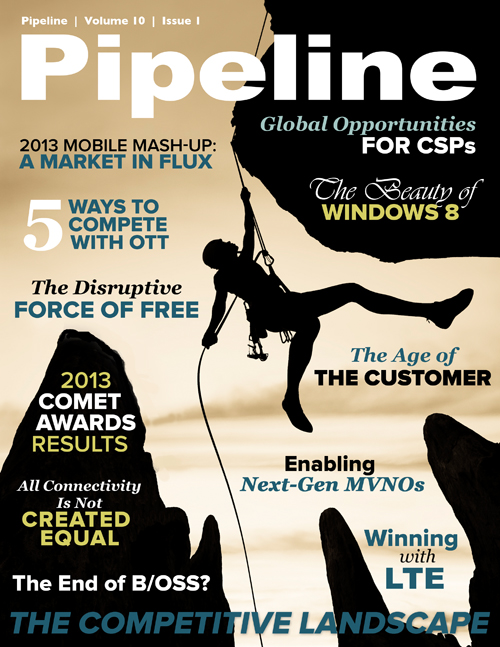The Disruptive Force of Free: Lessons Learned from Low to No-Cost Services
By: Jesse Cryderman

Remember NetZero? Back when internet speeds were measured in baud, and dial-up was the only way to get online from home, NetZero introduced a no-cost connectivity model that was quite popular for a time. The idea was simple: dial into a local number, watch a few ads and surf (more like dog paddle) the internet for free. It was an early attempt at subsidized access, and until the dot-com bust evaporated online ad revenue, it worked.
NetZero still provides users with a free on-ramp to the information superhighway, but now it’s partnered with Clearwire to deliver 4G mobile broadband. And though it extends several tiers of service for a fee, NetZero allocates one free gigabyte of 4G mobile data each month to users who “share” data with each other on Facebook. That’s at least $30 cheaper than the same service from AT&T or Verizon.
In the world of wireline access, Comcast claims it has the fastest broadband speeds in the US, based on tests of major service providers conducted by PC Magazine. Not surprisingly, there are much faster internet service providers (ISPs) out there—they were just too small to make the list.
Residents of Chattanooga, Tennessee, for example, enjoy internet speeds of one gigabit per second (Gbps), up to 200 times faster than the US average, thanks to a municipal fiber-optic network operated by the Electric Power Board of Chattanooga, earning the home of the Chattanooga Choo Choo the nickname “Gig City.” Though the EPB’s service isn’t free (yet), other municipal wireless networks do offer free connectivity, including Binghamton, New York, and Clearwater Beach, Florida. The concept of Muni-Fi—free universal access—is gaining steam in many cities across the US.
Google supplies free connectivity of up to five megabits per second (Mbps) to residents of its Google Fiber community in the Kansas City, Missouri, metro area. That’s on the low end of broadband by today’s speed standards—Google also supplies one-gigabit service for $70 a month—but it’s certainly enough bandwidth to make free voice over IP (VoIP) calls and watch streaming video. (In Chicago my not-so-free Comcast cable connection bounces between 6 and 8 Mbps.)
The leveling power of the internet and the globe-spanning competitive pressure exerted by the internet economy has guaranteed that there is no such thing as business as usual anymore. Before the internet there was no VoIP, no free messaging, no social networking (gasp!). But that’s only part of the story.
The price of connectivity continues to plummet throughout most of the world, due in part to the falling costs of wholesale IP transit service, according to recent data from market-research firm TeleGeography. As figure 1 illustrates, fees for terrestrial connectivity are trending downward, and in highly developed areas such as New York City and London, prices have dropped by more than 50 percent in the past year.
Median GigE IP Transit Prices in Major Cities, Q2 2007-Q2 2012

Source: TeleGeography



















